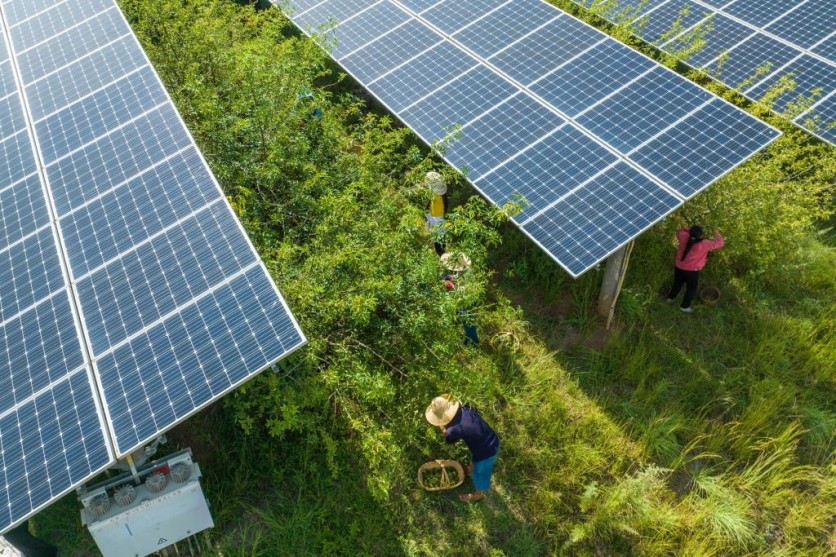The next generation of solar power, which might include cutting-edge technology for space missions, could be unlocked by a DIY device that began as a pastime during the COVID-19 lock.
The first device of its kind in the entire world was created by Dr. Jamie Laird, a Research Fellow at the University of Melbourne and the ARC Centre of Excellence in Exciton Science, to examine the flaws in perovskite solar cells.

Perovskite Solar Cells
According to the U.S. Department of Energy Solar Energy Technologies Office (SETO), perovskite solar cells are thin-film devices that are layered with materials that are either printed, vacuum-deposited, or coated with liquid inks.
Perovskite solar cells are as efficient as silicon, cost less to make, and are more flexible, but they haven't yet achieved commercial viability due to their continued instability when subjected to heat, moisture, oxygen, and light.
The solution is provided by Jamie's device. It provides images and maps of the faults within solar cells and identifies where the cells are losing power or efficiency over time by combining a microscope and a specialized laser. It also includes information that explains the status of the solar cells.
The cutting-edge method, an illustration of micro-spectroscopy, began as a personal project for Jamie and was first intended to examine minerals.
Jamie realized his device would be the ideal tool to aid colleagues and other top solar cell researchers worldwide in understanding the frustrating problems that had prevented perovskites from living up to their tremendous potential when he joined Exciton Science.
"The basis of the technique is microscopy but merging it with frequency analysis. We use a laser beam and we focus to a spot and scan across the device to measure the quality of the solar cell," Jamie said in a news release.
He added, "this new method allows us to do imaging analysis of whole or complete solar cells and look at how they perform, how they change with time and aging, and how good a solar cell they are."
Partners and Collaborators
A team from Oxford University is already providing samples of cutting-edge prototypes to be examined by Jamie's handmade equipment, in addition to collaborators at Monash University.
On the waiting list to collaborate are also researchers from the University of Sydney who are developing experimental solar cells for satellites and other spacecraft.
When a solar cell is designed to endure 20 years in the field, Jamie said that it cannot disintegrate quickly and serves as a significant problem.
Hence, he claims that his new device is a "missing link" in the repertoire of approaches that must be taken to tackle the problem with solar cells.
You can access Jamie's work here, which has been published in the journal Small Methods.
Related Article : 'Solar Facade': These Embedded Solar Panels Produce 50 Times More Power Than Standard Panels!
This article is owned by Tech Times
Written by Joaquin Victor Tacla
ⓒ 2025 TECHTIMES.com All rights reserved. Do not reproduce without permission.




